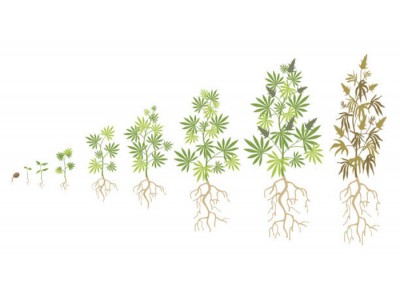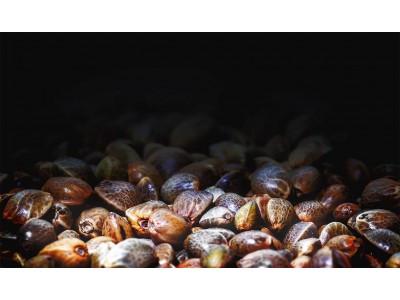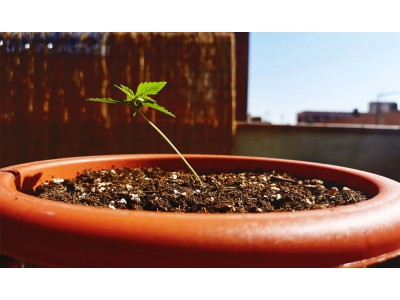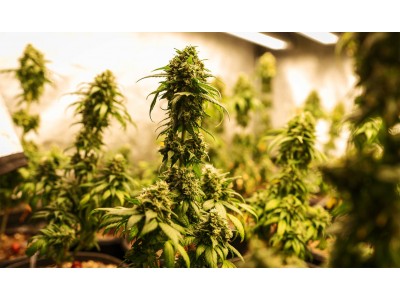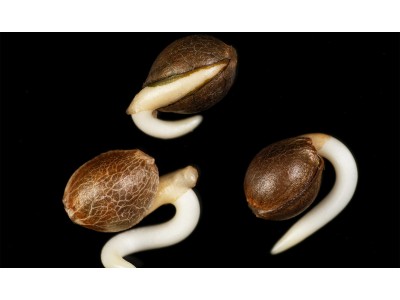0грн.
CheckoutAutoflowering cannabis seeds: varieties with unique characteristics
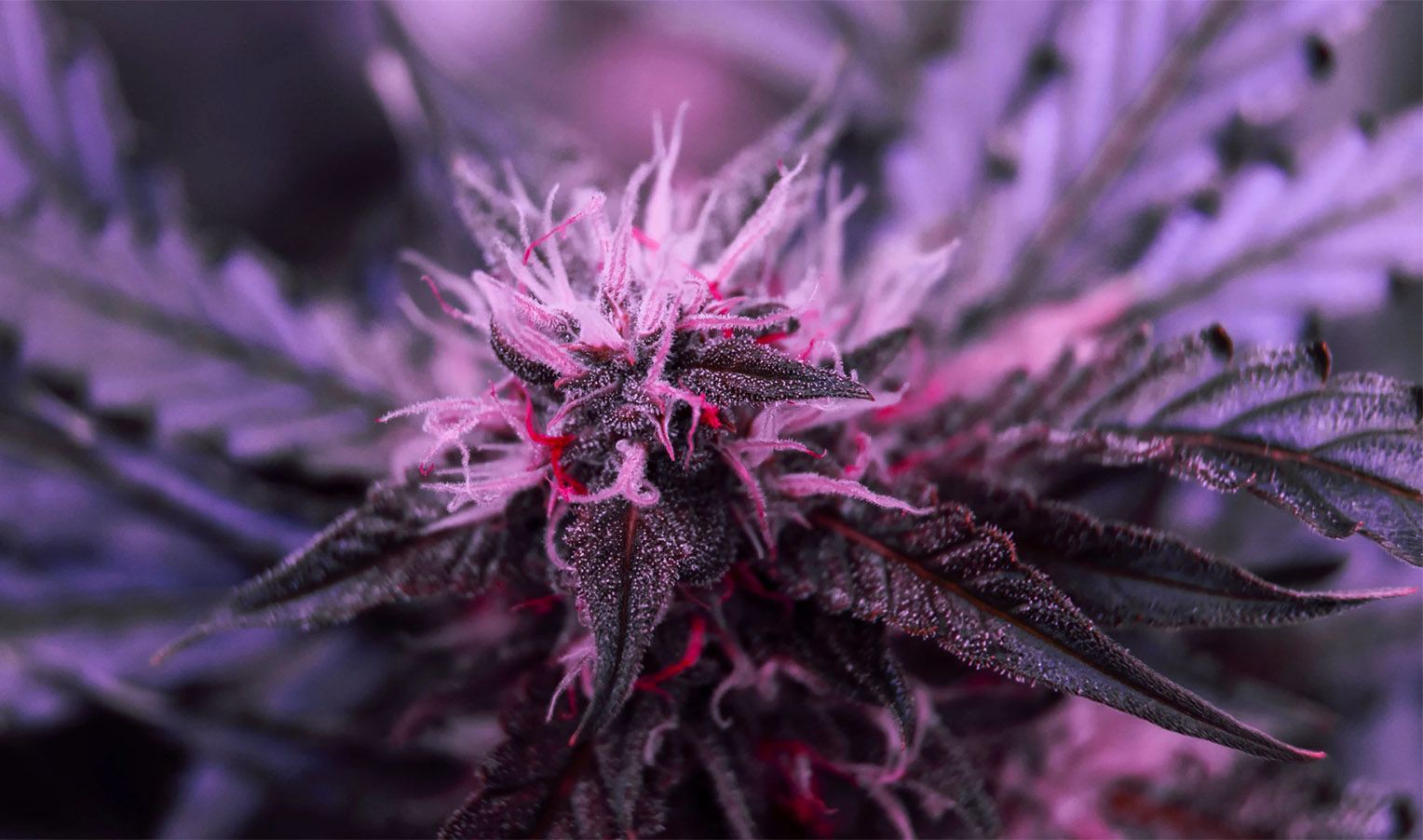
Autoflowering cannabis seeds have revolutionized the world of growing. These unique and versatile genes have gained popularity due to their ability to flower automatically, depending on the traditional light cycle. This type of plant is especially well suited for beginner gardeners. In this article, we want to tell you what autoflowering cannabis is, its origin and distinctive characteristics of this plant.
Autoflowering seeds: a history of origins
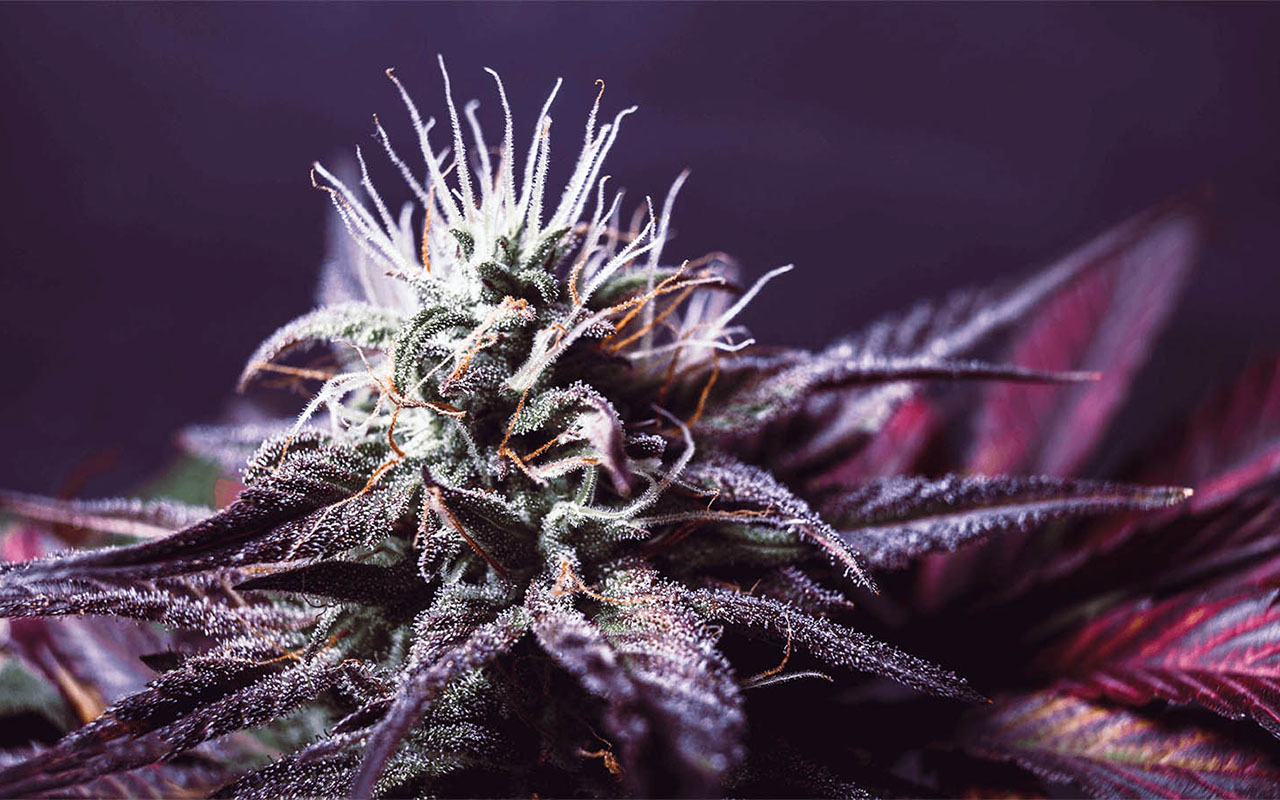
Autoflowering cannabis varieties originate from regions with extreme climates and short growing seasons, such as Siberia and Northern Europe. The ancestors of modern autoflowering strains are the genetics of Ruderalis, one of the three main subspecies of cannabis. In general, there are three main types: Indica, Sativa, and Ruderalis.
This type of cannabis has the ability to bloom automatically, regardless of the light cycle, the number of hours of light and darkness. Such characteristics are an evolutionary adaptation for survival in the difficult climatic conditions in the areas of its origin. Through selective crossing with indica and sativa strains, breeders have developed autoflowering strains that combine the unique characteristics of Ruderalis and other subspecies with traits such as high cannabinoid content, distinctive aroma and taste.
By using the latest generation of autoflowering hybrids, instead of ruderalis varieties, to create new autogenetics, breeders have improved these varieties to an incredibly high level of productivity in just a couple of decades.
Characteristics of autoflowering varieties
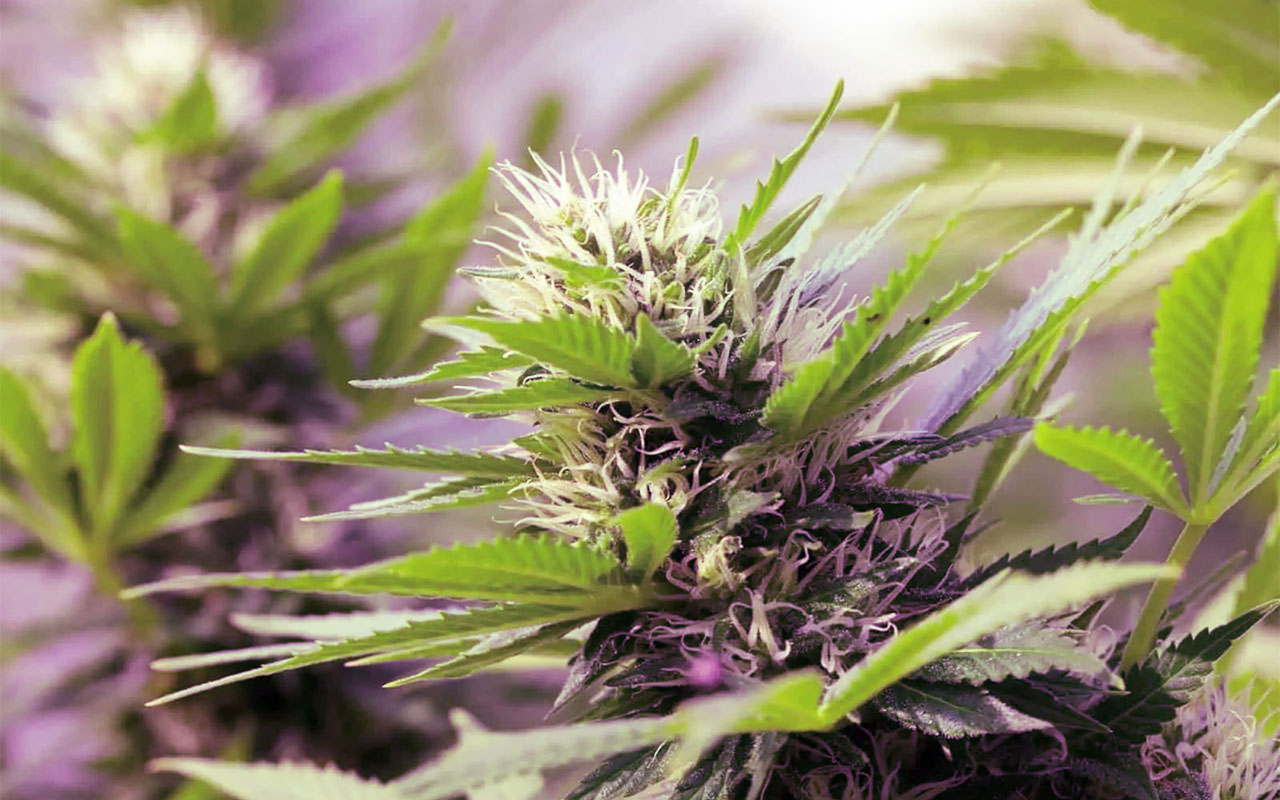
Autoflowers are strains that have several unique characteristics that make them very popular. These include:
- Fast life cycle: Autoflowering varieties have a shorter life cycle compared to photoperiodic varieties. Typically, it takes 8 to 10 weeks from germination to harvest. This allows for multiple harvests throughout the year.
- Automatic flowering: Plants automatically begin to flower after a pre-determined period of vegetative growth, usually about 3-4 weeks after germination. They do not depend on changes in the light cycle to start flowering.
- Compact size: Autoflowering plants are generally smaller in size than photoperiodic varieties. This type is ideal for growing in small spaces.
- Adaptability: Due to their origin from genetics that grow in extreme climates and resistance to adverse environmental conditions, autoflowering varieties are more resistant to diseases, pests, and climate change. The plants are ideal for beginner gardeners.
- Flexibility with lighting: While autoflowering plants can thrive with 18-20 hours of light per day throughout their life cycle, they can also tolerate shorter light cycles if necessary. These characteristics give growers flexibility in planning lighting and energy consumption, especially in the last weeks of flowering.
Growing autoflowering cannabis
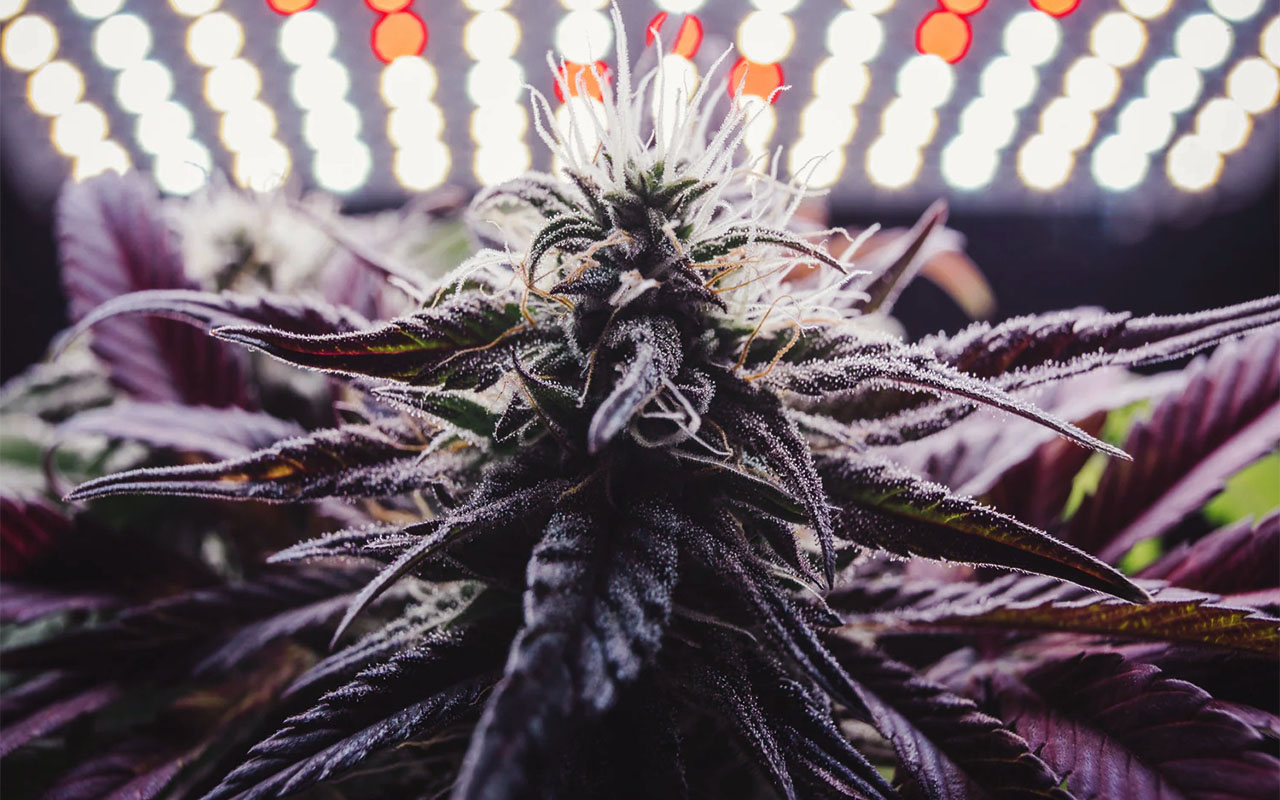
The needs of an autoflower are largely the same as those of feminized seeds and photoperiod. Growing seeds requires some conditions that will allow you to get the most out of them. Here are some tips to help you grow this type of seed, without fail.
Photoperiod and pot size
As already mentioned, autoflowering plants begin to bloom regardless of the number of light and dark hours. However, it is important to remember that the more light they receive, the greater their growth and the better the result after flowering. Outdoors, you should choose places with maximum sun exposure, and indoors they are usually grown with a 20/4 photoperiod.
When growing autoflowering varieties, it is recommended to sow the sprouted seeds directly into the pot, avoiding transplanting. It is better to plant autoflowering plants, like photoperiodic plants, immediately in a large pot. The bigger the pot, the bigger the plant will grow and the bigger its final weight will be. Since these plants have a short growth period, there is no need for pots that are too large. For indoor use, pots with a volume of 11 to 15 liters per plant are recommended, while pots with a volume of about 30 to 40 liters are suitable for outdoor use.
Plant nutrition and the beginning of flowering
For best results, it is recommended to use fertilizers or additives containing microorganisms to maximize the growth of plant roots during the periods of their strengthening and maturity. During growth, use nitrogen-rich fertilizers until the first pistil clusters appear, then switch to fertilizers for flowering plants that contain more potassium and phosphorus.
Autoflowering plants begin to bloom when they reach maturity, about 3-4 weeks after the sprout appears. This period can vary depending on the genetic characteristics of the plant. The first signs of flowering can be seen when the plant's nodes lose their symmetry and the first pistils begin to form. Flowering of such plants usually lasts from 6 to 8 weeks.
Conclusion
This type of cannabis is worth paying attention to because of its many benefits. These seeds have revolutionized horticulture around the world, with stronger characteristics and offering a more efficient and profitable way of growing. Thanks to their fast growth, low maintenance requirements, and compact size, autoflowering seeds are an excellent choice for both beginners and experienced gardeners.
Attention! Company Sunny Seeds does not encourage you to grow cannabis and does not promote it in any way. Cultivation is prohibited by the legislation of Ukraine. This article is of scientific and introductory interest only.

